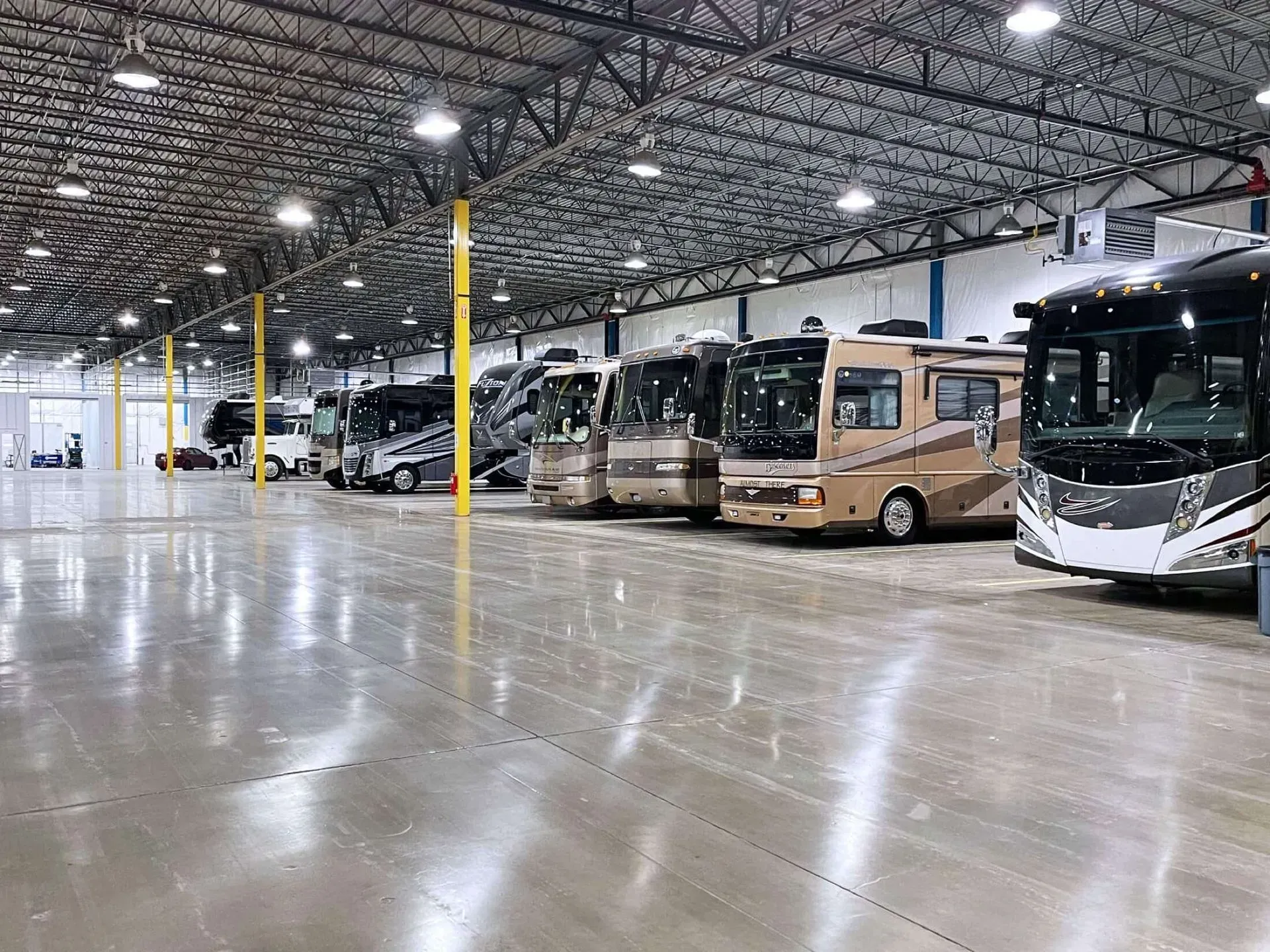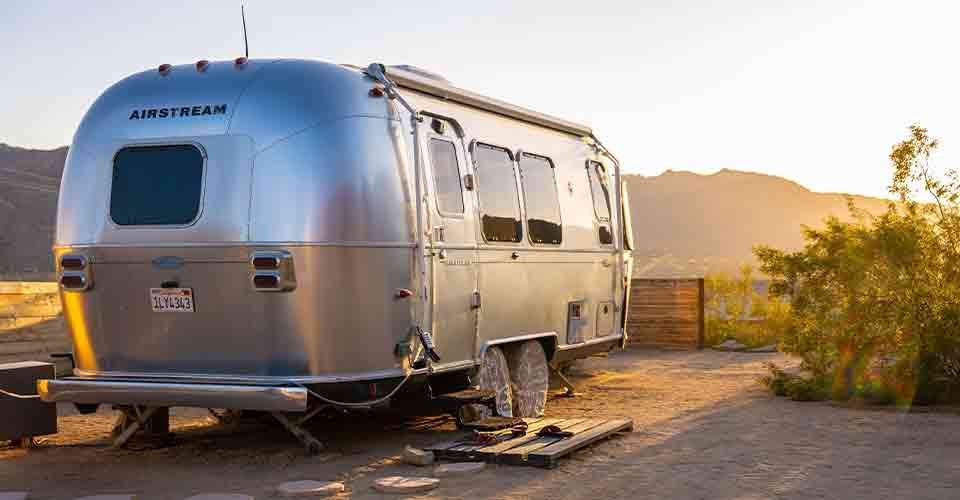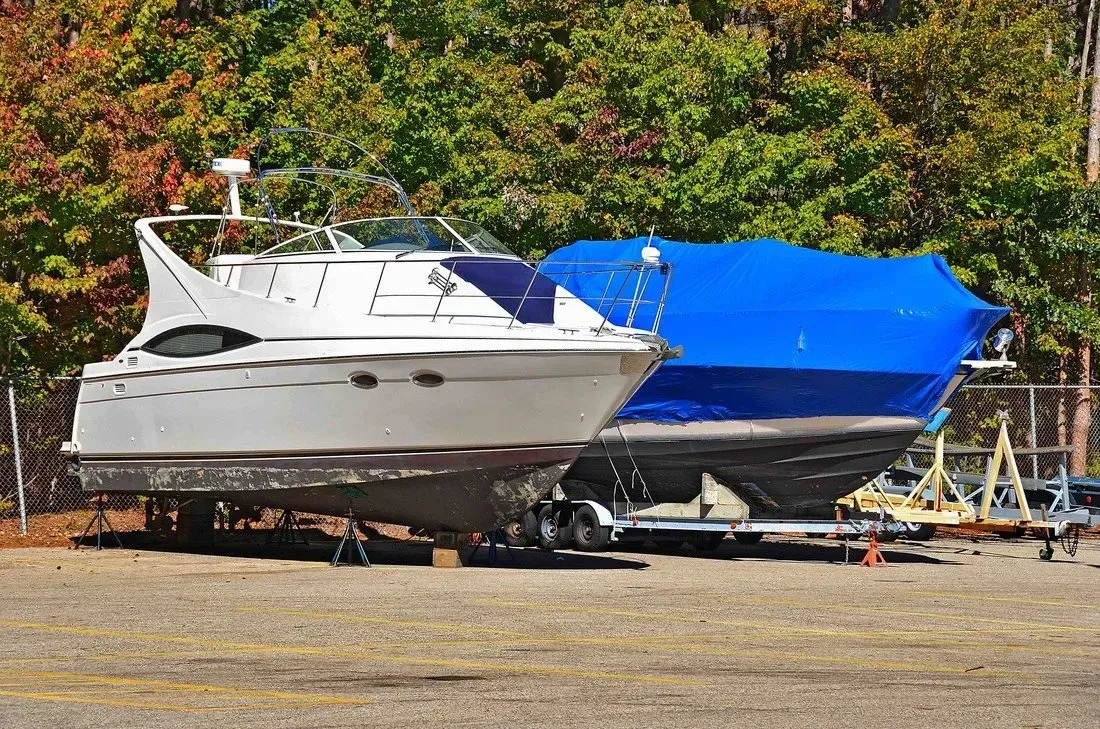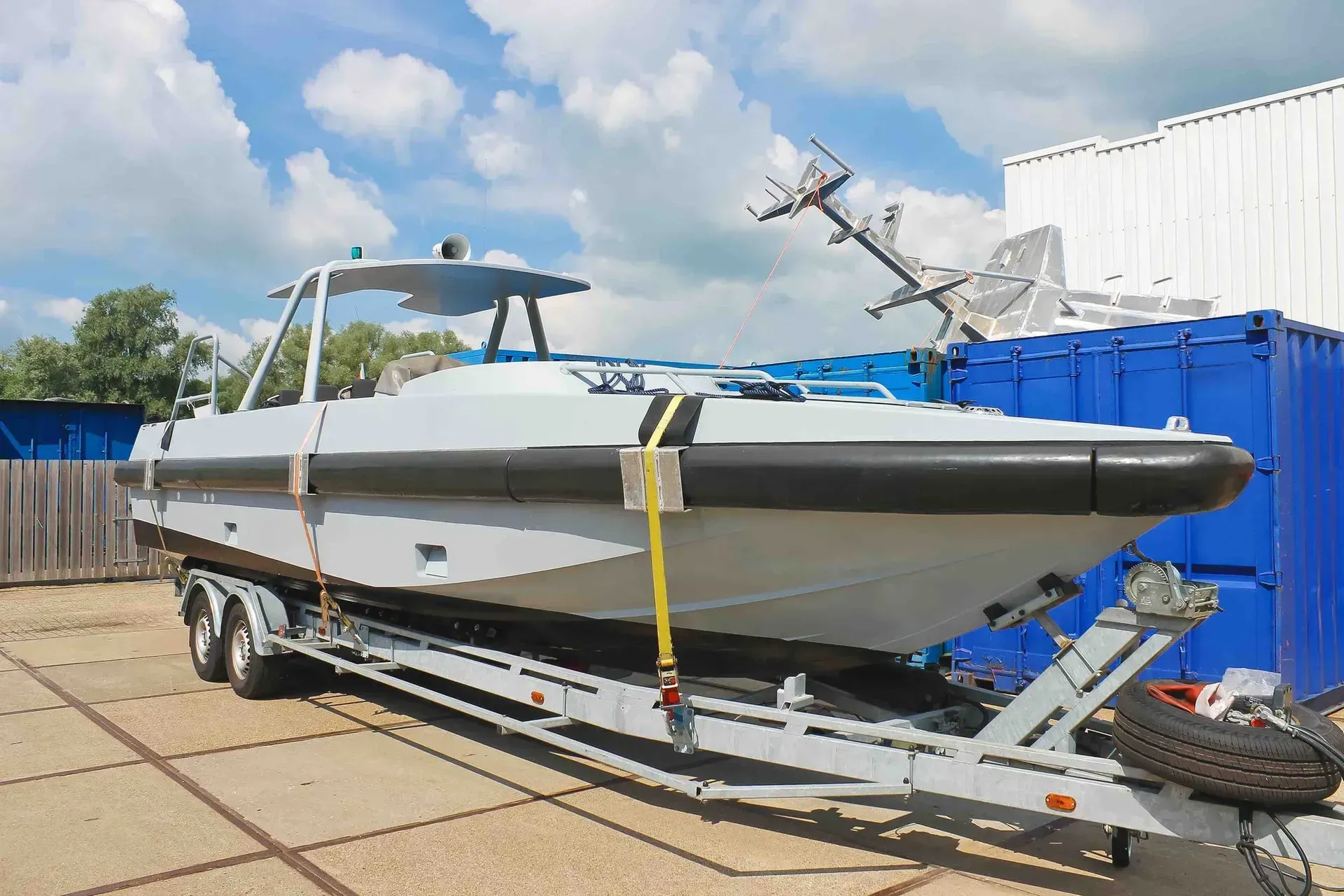Why Indoor RV Storage Matters More Than You Think During Winter

Table of Contents
- The Cost of Neglecting RV Storage in Winter
- Benefits of Indoor RV Storage
- Common Winter RV Issues (And How to Avoid Them)
- Long-Term Preservation: Why Going Indoors Pays Off
- How to Choose the Right Indoor Storage Facility
- Winter Storage Preparation Tips for RV Owners
- Final Thoughts on Winter RV Protection
Key Takeaways
- Indoor RV storage offers essential protection from harsh winter elements, preventing costly damage.
- Cold weather can lead to serious RV in winter problems like burst pipes, dead batteries, and roof deterioration.
- Storing your RV indoors ensures better insulation, reduced maintenance, and long-term value.
- Choosing the right winter RV storage facility includes checking for climate control, security, and access options.
- Preparation is still key—learn how to winterize your RV before storage.
Protecting Your RV in Winter: What Most Owners Overlook
As Midwestern winters grow increasingly unpredictable and extreme, protecting your RV becomes more than a seasonal chore—it becomes a necessity. We often think of RVs as warm-weather companions, perfect for road trips, camping, and family getaways. But what happens when winter rolls in and your mobile haven sits idle for months? If you're storing your RV in winter outdoors, you might be unknowingly exposing it to damage that can drain your wallet come spring.
In this article, we’ll explain why indoor RV storage is more than just a convenience—it’s an investment in your vehicle's longevity and performance. From safeguarding against frozen pipes to preserving the roof and tires, let's uncover why storing your RV indoors can save you from unexpected headaches and hefty repair bills.
The Cost of Neglecting RV Storage in Winter
When the snow falls and the temperatures plummet, your RV becomes vulnerable to a host of issues if left outside. Many RV owners underestimate just how harsh the Midwest’s winter climate can be. Snow, sleet, ice, and fluctuating temperatures create the perfect storm for mechanical and structural damage.
Potential Risks of Outdoor Winter Storage
- Frozen water lines and tanks can crack and cause internal leaks.
- Battery drain is common, especially in freezing temperatures.
- Tire damage from sitting on ice or snow-covered surfaces.
- Roof deterioration due to snow accumulation and water intrusion.
- Rodent infestations seeking warmth inside your vehicle.
By opting for indoor RV storage, you create a barrier between your RV and all of these external threats. It's not just about avoiding problems—it's about extending your RV’s life.
Benefits of Indoor RV Storage
While it might seem like a luxury, indoor RV storage is far more practical and cost-effective than many owners realize. The benefits stretch well beyond simple protection from snow.
1. Climate Control for Critical Systems
Indoor facilities often offer temperature-regulated environments, which reduce the chances of freezing, cracking, or condensation damage inside your RV.
2. Protection from UV Rays and Moisture
Even in winter, UV exposure can damage paint, decals, and rubber seals. An indoor environment keeps your RV shielded from sunlight and moisture, two of its biggest enemies.
3. Enhanced Security
Indoor storage units offer greater peace of mind, with monitored entrances, alarmed units, and often gated access. You won’t have to worry about vandalism or theft.
4. Less Maintenance Over Time
With fewer weather-related problems to fix, you’ll save money on routine repairs and enjoy fewer surprises during springtime inspections.
Common Winter RV Issues (And How to Avoid Them)
You may not see the damage immediately, but storing your RV in winter outdoors often leads to expensive consequences.
Burst Pipes and Plumbing
Even when drained, water can remain in lines and valves. When the temperature drops below freezing, that residual moisture expands, causing plastic parts to crack.
How to Prevent It: Use RV antifreeze and keep your RV in a winter RV storage facility that maintains consistent indoor temperatures.
Dead Batteries
Cold temperatures slow the chemical reaction in your battery, reducing its efficiency and shortening its life.
How to Prevent It: Disconnect and store batteries in a climate-controlled environment—or better yet, leave them in the RV with a trickle charger inside a heated indoor facility.
Tire Flat Spots
Cold air reduces tire pressure. When tires sit in one spot for months, flat spots can develop, ruining the rubber.
How to Prevent It: Inflate tires to the correct PSI and store the RV indoors where the temperature remains stable.
Mold and Mildew
Moisture buildup from snow and ice seeping into vents and seals can create a breeding ground for mold and mildew.
How to Prevent It: Store your RV in a dry, enclosed space with good airflow and inspect seals and gaskets before storage.
Long-Term Preservation: Why Going Indoors Pays Off
Think of indoor RV storage as a form of preventative care—similar to how you'd treat a luxury car. The better you protect your RV during its downtime, the fewer problems you'll encounter when it's time to hit the road again.
Preserving Resale Value
A well-maintained RV fetches a higher resale price. An indoor-stored RV avoids the visual wear and tear that comes with snow, hail, and wind exposure.
Longer Component Lifespan
From the roof to the plumbing, RV components last longer when they're not exposed to extreme weather cycles.
Convenience and Readiness
Indoor facilities often make it easier to access your RV year-round, especially if you're performing off-season upgrades or maintenance.
How to Choose the Right Indoor Storage Facility
Not all winter RV storage options are created equal. When choosing a facility, consider the following:
1. Climate Control
Temperature and humidity control are essential for true protection. Confirm if the facility offers this option.
2. Security
Look for 24/7 video monitoring, secure fencing, alarm systems, and staff presence.
3. Accessibility
Can you access your RV during the winter if needed? Check business hours and holiday restrictions.
4. Size and Fit
Make sure the facility can accommodate your RV’s dimensions, including height and slide-outs if needed.
5. Cleanliness and Maintenance
A clean facility is usually a well-managed one. Look for signs of upkeep, cleanliness, and attention to detail.
Winter Storage Preparation Tips for RV Owners
Even with indoor RV storage, it's essential to properly prep your vehicle before leaving it for the season.
Drain and Winterize Water Systems
Flush all lines and tanks and add RV-specific antifreeze to prevent residual freezing.
Disconnect Batteries
Or maintain them with a smart charger if the facility offers electricity.
Clean the Interior and Exterior
Remove perishables, vacuum, and wipe down surfaces. Wash and wax the exterior to add a protective barrier.
Seal Gaps and Vents
Prevent rodents and insects from sneaking in by sealing entry points.
Cover Vents and Tires
Use breathable covers to allow airflow while keeping moisture out.
Final Thoughts on Winter RV Protection
Choosing indoor RV storage isn’t just about avoiding snow—it’s about protecting your RV as the long-term investment it is. The damage from one harsh winter can easily outweigh the cost of indoor storage, especially when factoring in plumbing, battery, roof, and tire repairs.
If you're serious about preserving your RV in winter, it’s time to rethink outdoor storage. From safety to savings, the benefits of winter RV storage inside a climate-controlled facility make it the smart choice for savvy RV owners.
Ready to Secure Your Spot for Winter?
Don’t let another winter take a toll on your RV. Let
Kansas City RV Storage help protect your investment with our top-tier indoor RV storage solutions. Contact us today at
(816)-290-6567 or send us an email at
kansascityrvstorage@gmail.com to learn more about our services. We're here to keep your RV safe, dry, and ready for your next adventure. Kansas City RV Storage – The Midwest’s trusted name for premium winter RV storage.
Frequently Asked Questions
1. What are the main benefits of using indoor RV storage during winter?
Indoor RV storage offers critical protection against snow, ice, and freezing temperatures. It helps prevent frozen pipes, battery failure, and roof damage—common problems when storing your RV in winter outdoors. An indoor facility provides better insulation, keeps your RV dry, and reduces long-term maintenance costs.
2. Can I avoid winterizing my RV if I use indoor RV storage?
Even when using indoor RV storage, it’s still important to follow basic winter RV storage preparation steps, such as draining water lines and disconnecting batteries. While climate-controlled facilities reduce the risk of freezing, proper winterization ensures your RV remains in top condition all season long.
3. How does storing my RV in winter indoors protect its battery and plumbing?
Storing your RV in winter indoors helps maintain moderate temperatures, preventing battery drain and keeping internal systems from freezing. Unlike outdoor storage, indoor environments reduce temperature fluctuations that often damage plumbing lines and compromise electrical systems.
4. Is indoor RV storage worth the cost?
Absolutely. The cost of indoor RV storage is often less than the repair expenses from winter damage. You’ll save money in the long run by avoiding issues like roof leaks, burst pipes, or cracked seals. Plus, your RV will retain its resale value and require less maintenance come spring.
5. What should I look for in a reliable winter RV storage facility?
When choosing a winter RV storage location, prioritize indoor access, climate control, strong security measures, and customer service. A trustworthy facility should help you protect your RV in winter with features like surveillance, gated entry, and easy scheduling for drop-off and pick-up.


